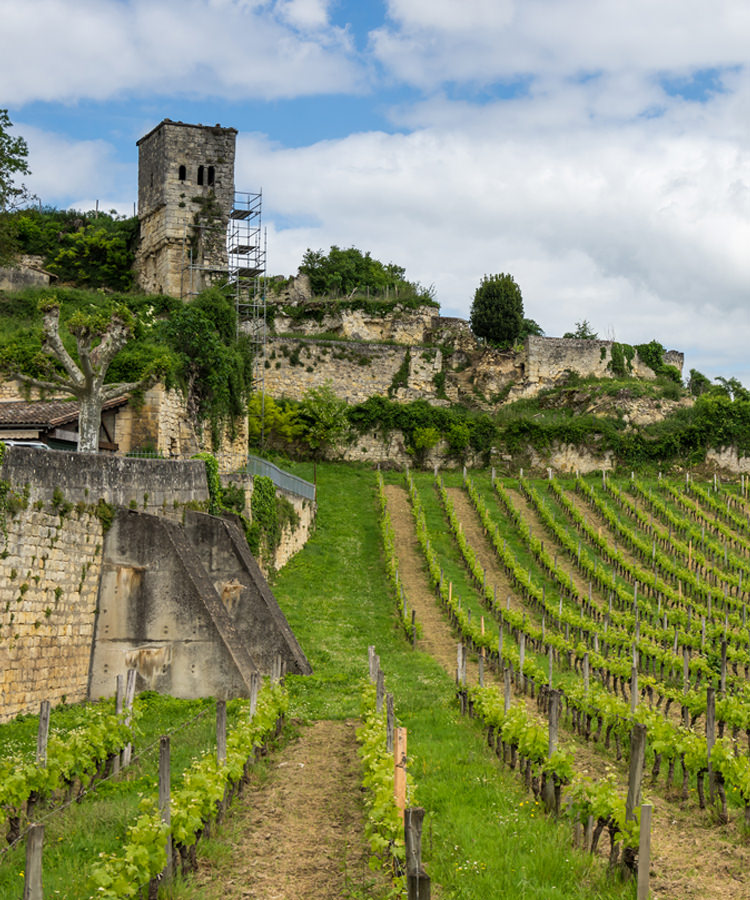The French take their wine seriously. So it’s not entirely surprising that those living in the country’s most renowned wine regions might resist change to their historic chateaux.
Just ask Chi Tong. The Chinese entrepreneur purchased four Bordeaux vineyards: Château Larteau, Château Senilhac, Château La Tour Saint-Pierre, and Château Close Bel-Air. His is not an unusual investment. Between January and March 2017, China imported more than 98 million liters of French wine — up nearly 16 percent from the same period in 2016. China’s growing wine market makes investing in chateaux increasingly appealing to entrepreneurs like Tong.
But the particulars of Tong’s acquisition are ruffling feathers in Bordeaux. After purchasing, Tong renamed the vineyards after animals with Chinese cultural significance. Château Larteau is now “Château Lapin Imperial” (Château Imperial Rabbit). Château Senilhac is “Château Antelope Tibetaine” (Château Tibetan Antelope), Château La Tour Saint-Pierre is “Château Lapin d’Or” (Château Golden Rabbit), and Château Close Bel-Air has been renamed “Château Grand Antelope” (Château Great Antelope).
The name change makes sense for Tong, given the animals’ symbolic nature in Chinese culture, and the fact that he will likely be marketing a good deal of his wine to Chinese consumers. Some locals are resistant, however. Jean-Marie Garde, chairman of the winemaker’s union in Pomerol, argued in French newspaper SudOuest that it would hurt the area’s reputation if “all the great chateaux were transformed into rabbits and antelopes.”
Regardless of what they’re called, Bordeaux’ reputation as a world-famous wine region is unlikely to change any time soon.
What’s in a name? It depends on who you ask.
